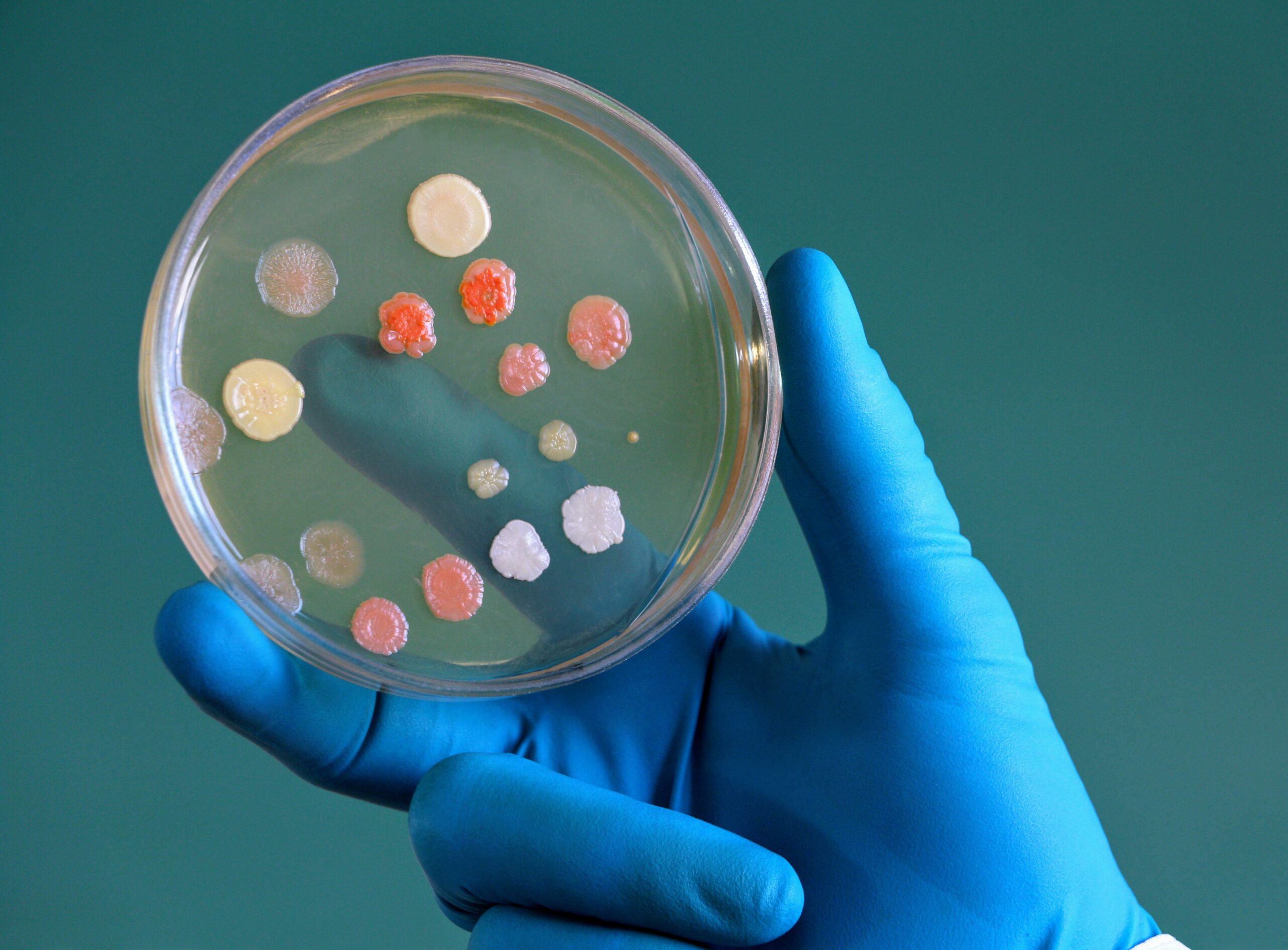Innovative Breakthrough in Genetic Engineering
A novel method, developed by collaborative teams from Australia and the United States, is set to transform how DNA is modified in bacteria, a critical step for synthesizing essential medicines like insulin. This cutting-edge technique utilizes high-frequency radio waves to gently integrate DNA into bacterial cells, unlike traditional methods that employ harsh chemicals or high temperatures. Remarkably, this approach enhances the survival rates of the genetically altered bacteria, marking a significant advancement in biotechnology.
Enhancing DNA Integration Efficiency
The research, a joint effort involving prominent Australian universities and American institutions, employs 18 gigahertz radio waves to temporarily increase the permeability of bacterial cell membranes. This allows for the efficient insertion of genetic material without damaging the cells. This breakthrough not only maintains the viability of the cells post-modification but also paves the way for more refined genetic engineering practices.
Broad Implications and Future Prospects
The implications of this new method are profound, extending beyond simpler DNA integration. This technique could revolutionize drug delivery systems, microbiome therapeutics, and synthetic biology. Collaborating with WaveCyte Biotechnologies, the team is working to secure patents and further develop this technology for broader biological applications. This innovation promises to enhance the production of vital drugs, making treatments more accessible and affordable globally.
Expanding the Horizons of Medical Treatment
This method’s potential is not confined to bacterial DNA modification. Its success opens doors to various applications in medicine and biotechnology, particularly in enhancing the efficacy and safety of gene therapy and other cellular manipulations. Researchers are optimistic about applying this gentle technique to mammalian cells, which could drastically improve therapeutic outcomes for numerous diseases.
The convergence of high-frequency radio waves and genetic engineering heralds a new era in medicine, where the boundaries of what can be achieved are continually expanding. As this technology progresses, it may well lead to groundbreaking treatments that could save millions of lives and enhance the quality of life for countless others. This is a vivid reminder of the power of scientific innovation to drive positive change in the world.
